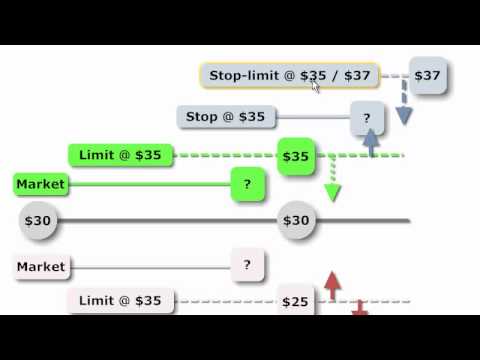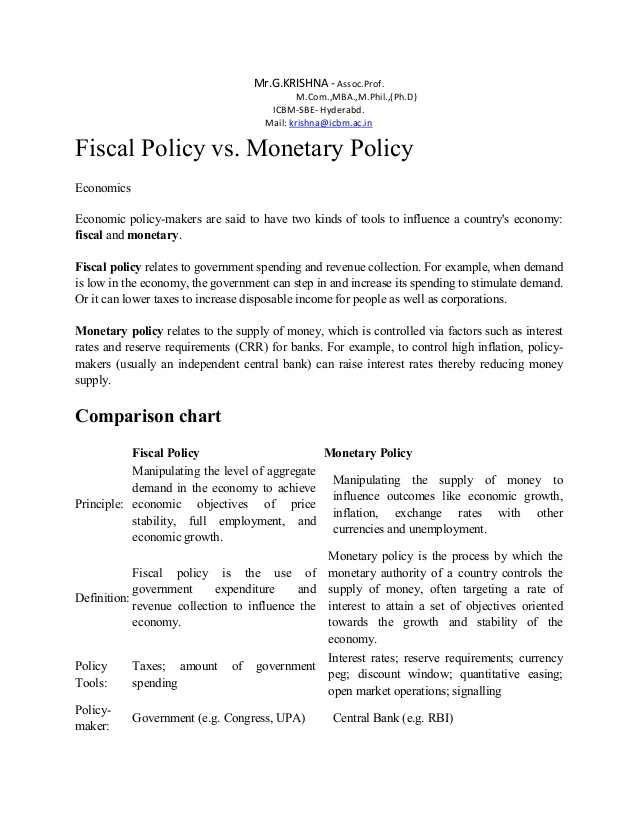Contents
Examples of explicit costs include wages, lease payments, utilities, raw materials, and other direct costs. Short run average cost curve is u shaped because of the invisibility of factors of production. The SAC curve first falls when the output increases directly to the richest in minimum point and then starts rising giving it a U shape. Total fixed costs are the sum of non variable consistent expenses that a company must pay. These costs do not change with any given change in the level of output. Examples of total fixed costs are insurance, salaries, rent depreciation etc.
This article covers all you need to know about cost concepts. Individual firm has no effect on the market price of the product. Hence the demand curve faced by a competitive firm is a horizontal line. Thus, the marginal revenue remains the same and is equal to price which is the same as the average revenue. Firms run their business to make profit and more often than not, are in the pursuit to maximize their profit. Both total costs and total revenue are a function of quantity produced and sold.
Of machinery to increase output are incremental costs. As the costs can be avoided by not bringing any variation in the activity in the activity, they are also called as “Avoidable Costs” or “Escapable Costs”. More ever incremental costs resulting from a contemplated change is the Future, they are also called as “Differential Costs”.
According to the modern theory of cost in Economics, the positive slope in the long-run total cost average curve is due to diseconomies of scale. These costs are not related directly or identifiable to any operation or service. Costs such as electric power or water supply are some examples because these expenses vary with output.
Managerial Economics
But when the output suddenly exceeds its limit, the cost immediately jumps to a new higher level. The graph of total variable cost v/s output looks exactly like a staircase for such cases. AC curve is also U-shaped curve as average cost initially decreases when output increases and then increases when output increases. Business costs include all the expenses which are incurred in carrying out a business.
Actual cost is defined as the cost or expenditure which a firm incurs for producing or acquiring a good or service. Cost analysis is concerned with determining the money value of input used for production which is called as overall cost of production. This output will be sold at market-determined price of Rs.6 per litre making maximum profit of Rs.7. Sunk costs are the costs that are not affected or altered by a change in the level or nature of business activity.
You are unable to access mapsofindia.com
It refers to long run total cost divided by the output. Suck costs are costs which the entrepreneur has already incurred and he cannot recover them again now. These include money spent on advertising, conducting research, and acquiring machinery.
The profit / loss (fig. b) at various levels of output shows that the firm is making maximum profit at 9 units of output which is termed as profit maximizing quantity. For firms under the imperfect market structures, viz. Monopoly, oligopoly, or monopolistically competitive firm, the marginal revenue curve is negatively sloped. As these firms face a negatively sloped demand curve, the price received is not fixed and varies with quantity in accordance with the Law of Demand. The average total cost is the sum of the average variable cost and average fixed cost.
When MC is equal to AC then the latter is constant. In this case, marginal cost falls more rapidly than the average cost. That is why when marginal cost curve is falling; it is below the average cost curve. Private costs for a producer of a good, service, or activity include the costs the firm pays to purchase capital equipment, hire labor, and buy materials or other inputs. As long as marginal revenue is greater than marginal cost, increasing output will raise profit. They are not recorded in the account books but show the cost of sacrificed or rejected policies.
Costs will have to be incurred, if no output is produced in the short run. The real cost are the pain and sacrifices of labour involved in the process of production. LTC is always less than or equal to short run total cost , but it is never more than short run cost. Shows that between points F and E, marginal cost is rising while AC continues to fall.
Theory of Cost in Economics
This is the first method of arriving at profit maximizing quantity. Hence, total revenue and total cost at all levels of out are examined. Explicit cost is the cost made to other owner for the purchase or hiring of various other factors in the course of running a business.
The concept of business cost is similar to the accounting or actual cost. Private costs are paid by the firm or consumer and must be included in production and consumption decisions. In a competitive market, considering only the private costs will lead to a socially efficient rate of output only if there are no external costs. Nominal cost is the money value of cost of production. The expenses paid to the factors he employs in the process of production.
- In the short run, there are both fixed and variable costs.
- Efficient long run costs are sustained when the combination of outputs that a firm produces results in the desired quantity of the goods at the lowest possible cost.
- Later total cost increases at increasing rate, as cost increases with respect to output is more.
- Explicit cost is the cost made to other owner for the purchase or hiring of various other factors in the course of running a business.
- It seems as if marginal cost curve is pulling the AC curve upward.
However, the production activities of a firm may lead to economic benefit or harm for others. Average fixed cost is defined as the total fixed cost per unit of production. The total fixed cost divided by the number of units gives the average fixed cost. The determination of the price for https://1investing.in/ a product or service is not easy. The theory of cost definition states that the costs of a business highly determine its supply and spendings. The modern theory of cost in Economics looks into the concepts of cost, short-run total and average cost, long-run cost along with economy scales.
Explicit + Implicit cost =
“Marginal revenue is the change in total revenue which results from the sale of one more or one less unit of output.” Ferguson. In the short run, there are both fixed and variable costs. In the above fig, initially total cost increases at diminishing rate, means the rate of cost increases with respect to less output.
Examples of indirect costs- administrative and general expenses, departmental costs, rent and utilities etc. Indirect costs refer to business expenses that keep operating. Examples of direct costs are direct materials, consumable supplies,freight ,sales Commission etc. Technical economies include investment in machinery and more efficient capital equipment to increase production efficiency. The unit wise questions and test series were helpful. When I could not understand a topic, the faculty support too was good.
If there are implicit costs of production
They generally have a functional relationship with production. The long run average costs curve is also called planning curve or envelope curve as it helps in making plans for expanding production and achieving minimum cost. When economic cost is equal to implicit cost marginal cost is more than average cost, average cost has a tendency to rise. It seems as if marginal cost curve is pulling the AC curve upward. On the other hand, when MC is less than AC, it pulls the AC curve downward.
They have the nature similar to that of incremental, imputed explicit and opportunity costs. When marginal revenue is less than marginal cost, decreasing output will raise profit. Long-run average costs have an inverse relation with returns to scale. Falling long-run costs are experienced due to internal and external economies of scale. Electricity charges are neither fixed nor variable costs. The actual costs or expenditures are recorded in the books of accounts of a business unit.
Factory building which remain fixed in the short run and cannot be changed. On the other hand, production of such services as education, sanitation services, park facilities, etc. Marginal cost can be calculated as the total change in cost upon a total change in output.
Examples of variable costs include employee wages and costs of raw materials. Company XYZ Inc. in one year, it cost Rs.60, 000 to maintain production, but earned Rs.100, 000 in revenue. The accounting profit would be Rs.40, 000 (Rs.100, 000 in revenue – Rs.60, 000 in explicit costs). These costs vary with output and are known as a variable cost.




Leave a Reply